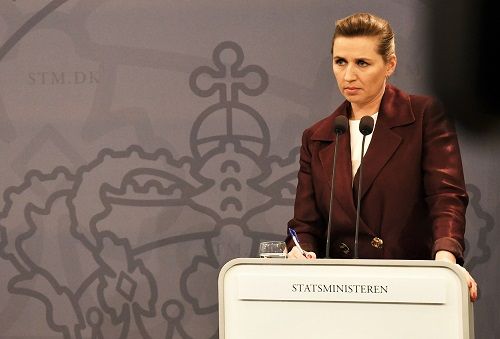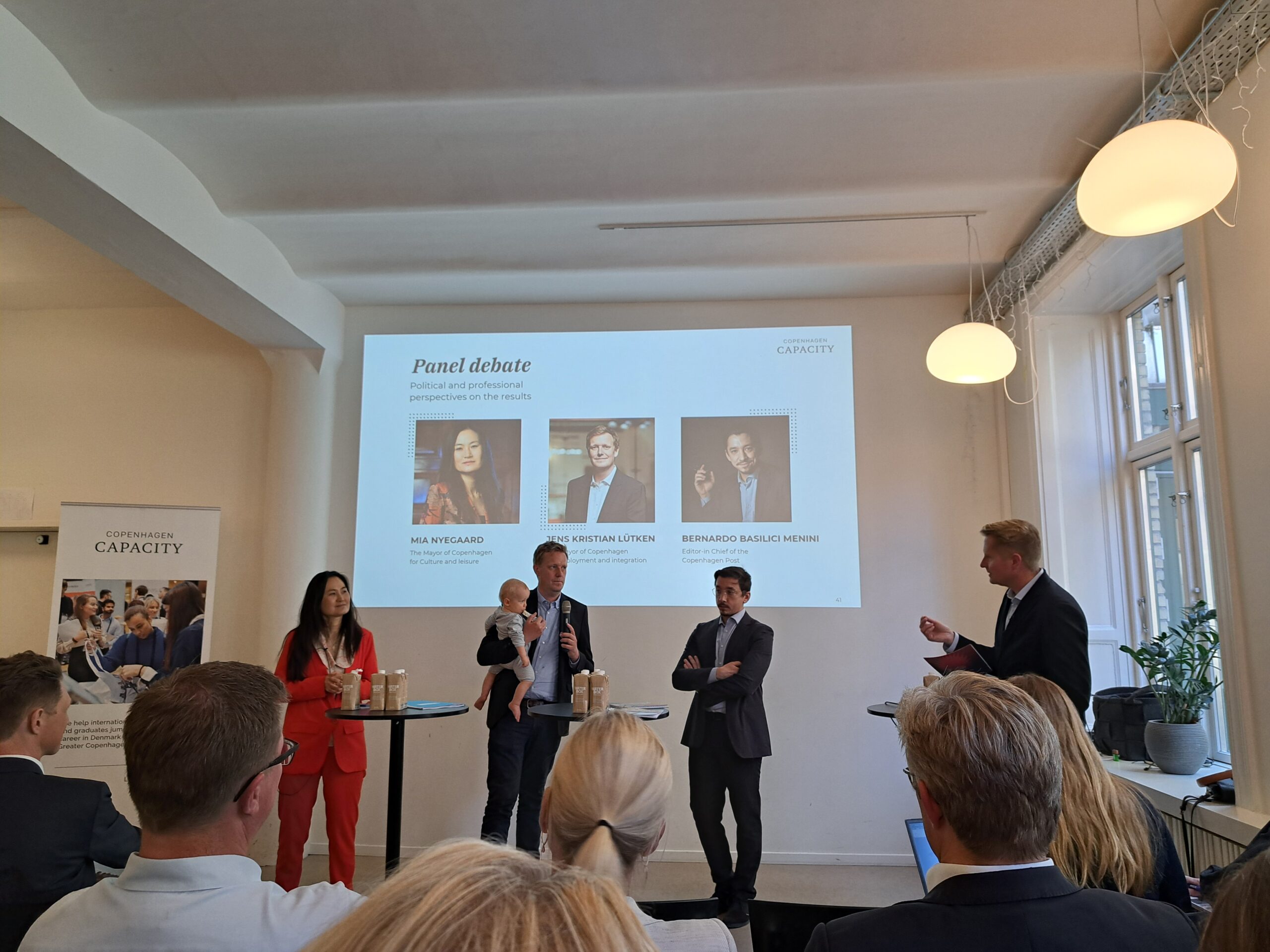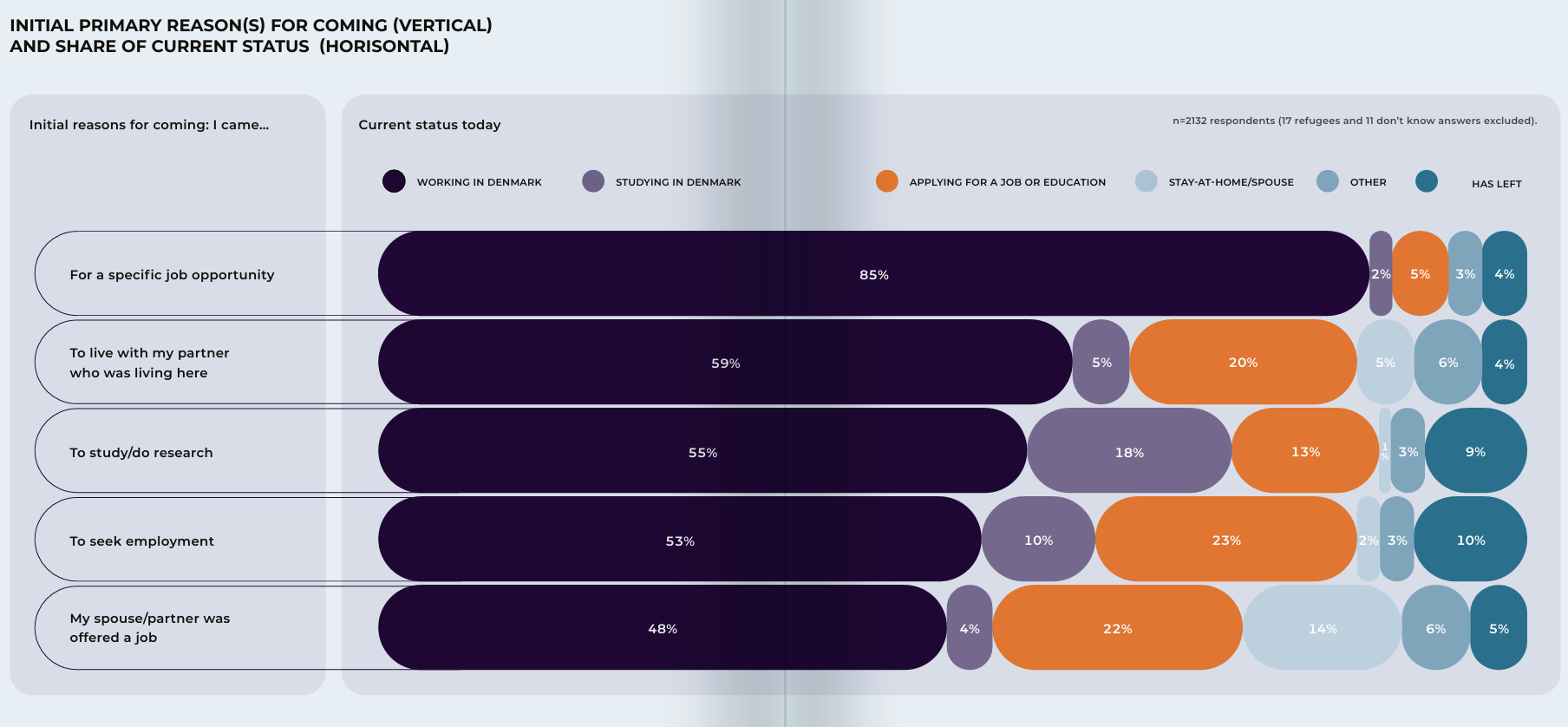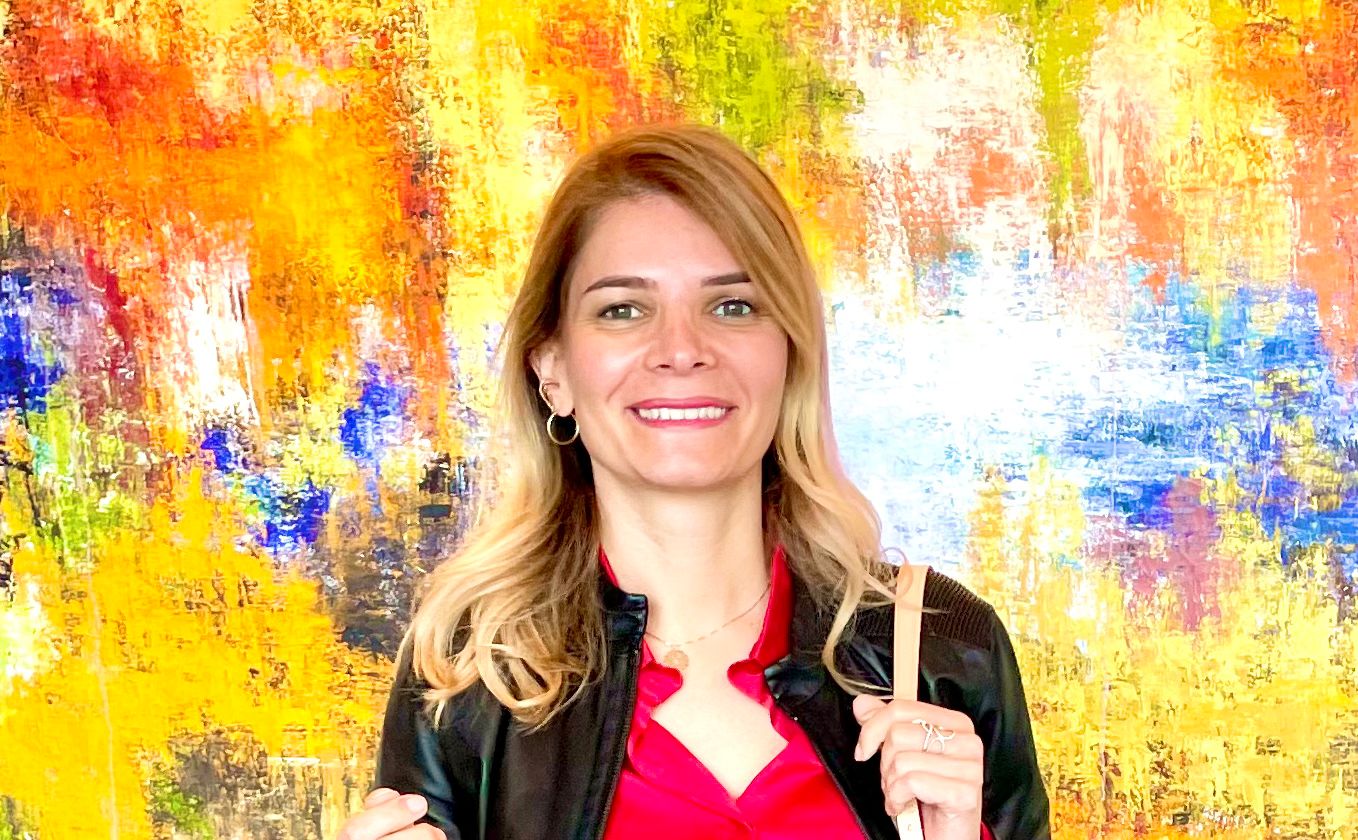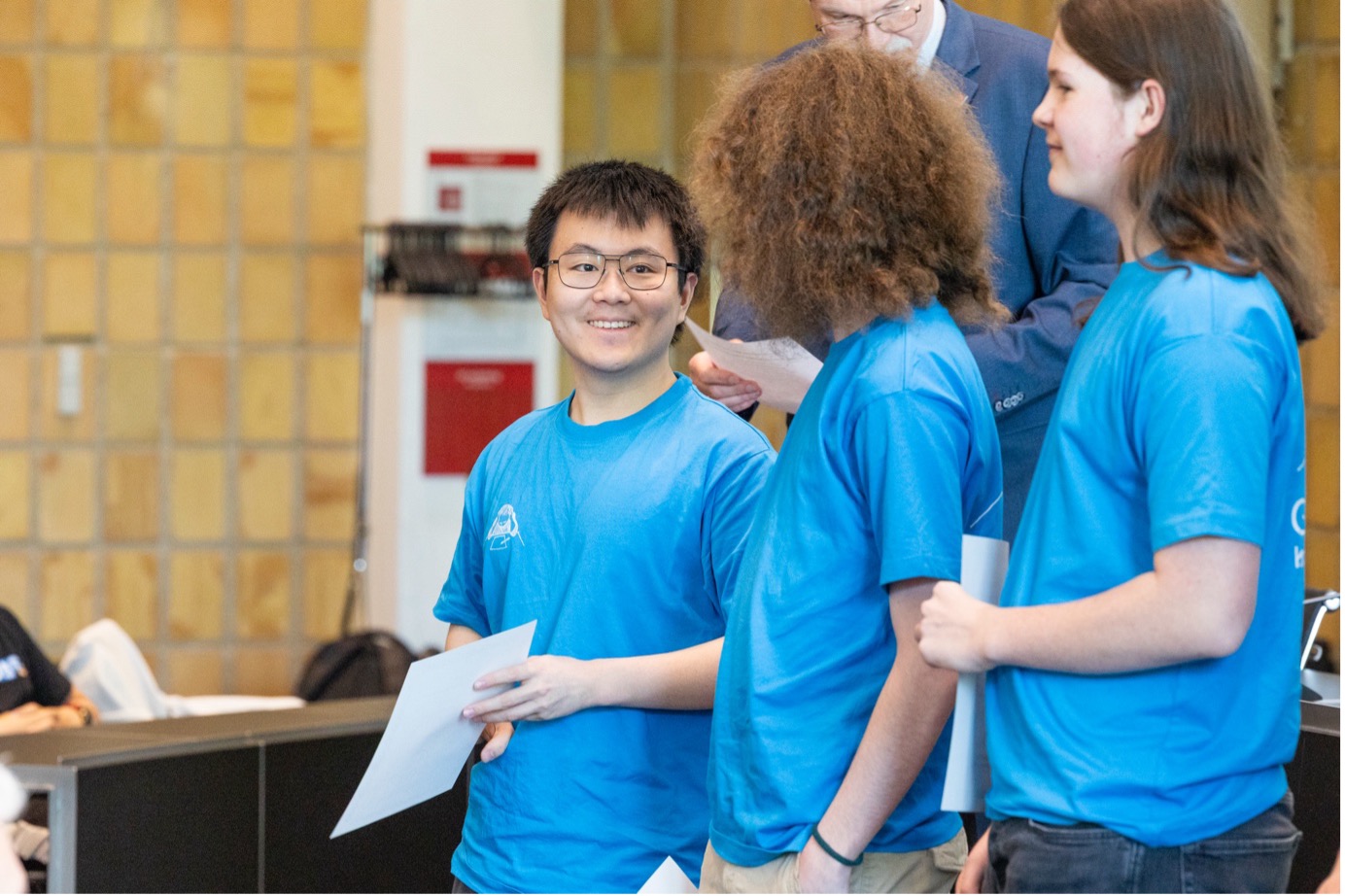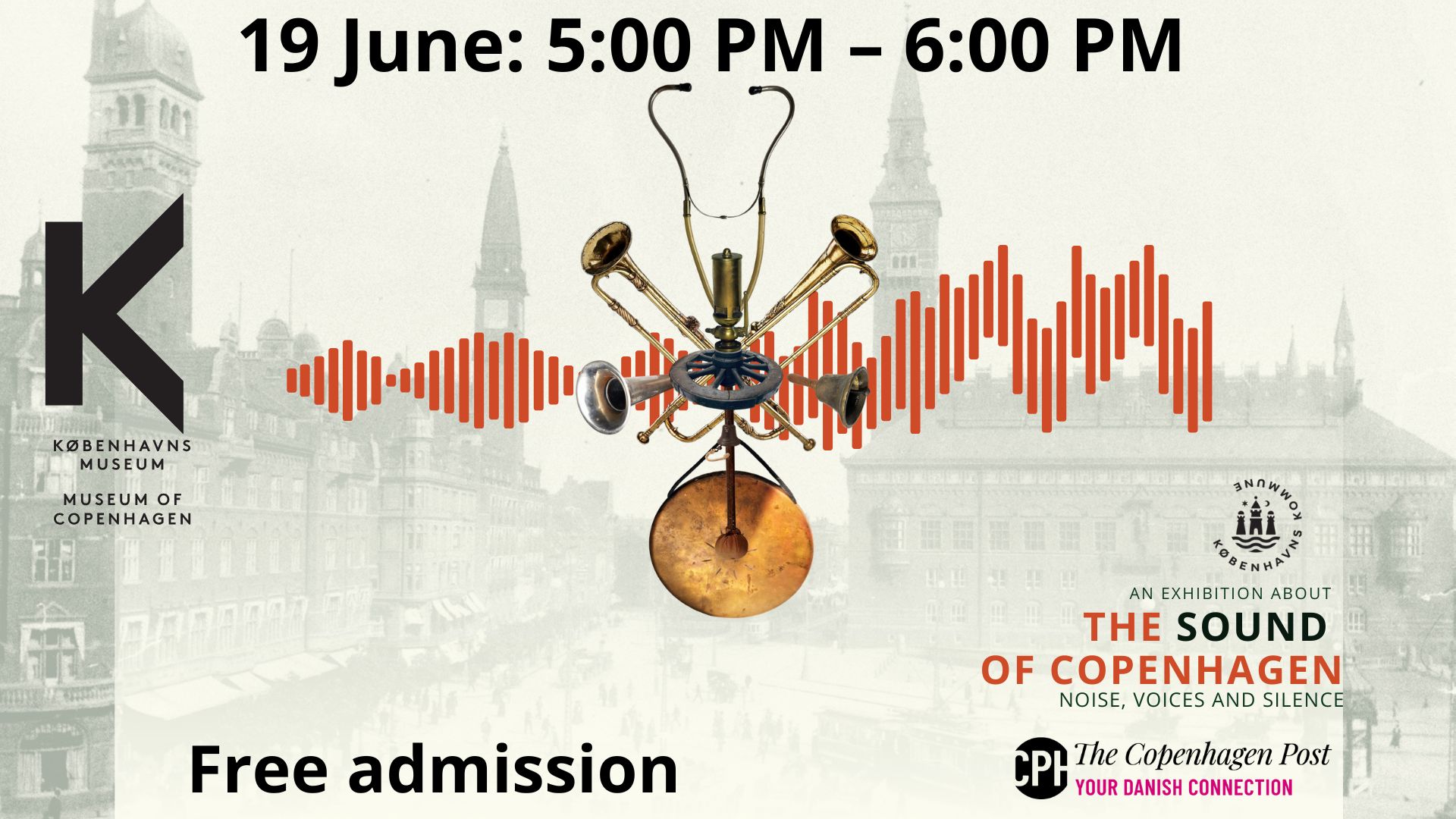She is without a doubt the sweetest woman in Denmark
Why?
She is a confectioner who makes the most delicious looking cakes and desserts. Besides that, Mette is such a sweet name and her last name, Blomsterberg, means flower hill. Can it get any cuter?
No, it’s almost too sweet. So what is so special about her?
She has her own TV show on DR1, which is called ‘Det søde liv’ (the sweet life). It is just like any other cooking show: she is at home making tons of fancy, dainty desserts while speaking in a pedagogical voice to the rest of us who are sitting at home, drooling in front of the TV with a sad piece of a premade cake from Netto in front of us.
Those shows are so annoying, because you can never make it yourself
Well, actually your dreams may come true through this show because the whole idea is that you should be able to make all these desserts at home. She even gives good advice on what to do if you don’t – and you most likely don’t – have all the fancy un-nameable utensils in your kitchen.
That is really cool
Yes, although some of the delights seem a bit impossible to make. For example, these hollow hard candy balls she made not long ago. I mean, who has the stuff to make hard candy and then afterwards blow air in it to make bubbles? Definitely not me. But most of the time, the things are doable. Sometimes she even has her two girls help her in the kitchen. It is a dangerous combination as the near nauseating sweetness will make you crave more sugar while turning your stomach.
Where can I get a taste of that?
She has a cafe called ‘Blomsterbergs’ on Grønnegade in Copenhagen that offers a wide variety of cakes in every colour and flavour you can think of. If she is not there, she is probably in the office, filming or busy being a mother, as she likes to say on her own girlie and sweet-as-candy looking website.


